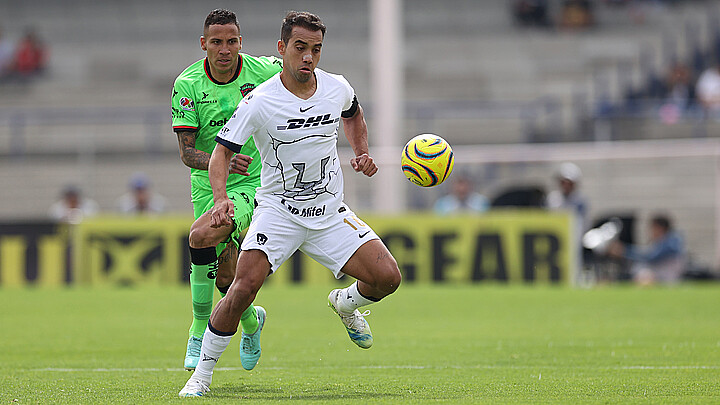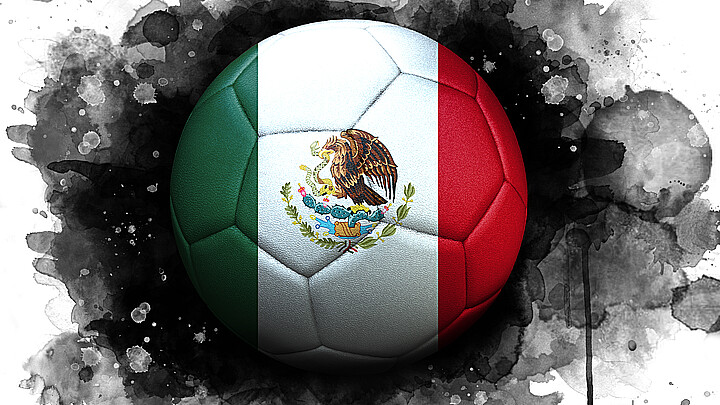Sports
Animal rights activists launch call to action to halt bullfighting in Mexico City
The city held its first bullfight on Sunday in nearly two years since 2022, sparking protests from activists throughout the city. The sport, which dates back to the 16th Century in Mexico, had previously been shut down after a judge suspended the practice.

January 30, 2024 5:56am
Updated: January 30, 2024 12:55pm
The specter of bullfighting in Mexico City has resulted in a call to action to the country’s animal rights activists, who have long fought to end the traditional, but brutal sport.
The city held its first bullfight on Sunday in nearly two years since 2022, sparking protests from activists throughout the city. The sport, which dates back to the 16th Century in Mexico, had previously been shut down after a judge suspended the practice.
But the Mexican Supreme Court recently overturned that lower court ruling on technical grounds, leaving the substantive merits of bullfighting and whether the sport is humane and legal unresolved for a future decision.
In the wake of the decision, animal rights activists flooded the Plaza de México bullring, the largest bullfighting arena in the world to make their voices heard.
"Torture is not art, it is not culture," the protestors shouted as they came out in masks of bulls and splattered themselves with red paint to replicate images of blood in an attempt to demonstrate the brutality of the sport.
The banners bared slogans such as, “no more deaths of innocents.”
According to Humane Society International, an estimated quarter million bulls are killed each year in such fights throughout the world.
While Mexico City has outlawed the practice, it is still legal in other parts of the Latin American country, It is also legal in other countries in South America such as Colombia, Ecuador, Peru and Venezuela as well as some European countries such as France, Portugal and Spain.
Some cities in the ‘motherland’ have banned bullfighting, leaving Spanish bullfighting arenas empty throughout the country.
While bullfighting has resulted in the slow death of animals, it has also resulted in serious injuries and deaths for the bullfighters.
In 2013, 47 bullfighters and their assistants were seriously injured. According to a 2014 report published by the BBC. That year, 31 matadors were seriously injured along with 16 of their assistants. The assistants are usually “picadors” on horseback or “banderilleros” on foot, and also a sword page.
Some of the injuries were minor, but others were considered life threatening, according to dataros.com, an informational news site on the issue.
The 47 injuries in 2013 took place amid 661 bullfights, placing the number of incidents just below 10%.
While the sport has become less dangerous than it was thanks to penicillin and other advances in medicine, ‘The World of the Spanish Bullfight’ records report that an estimated 533 bullfighters have been mauled to death or killed in Spain while facing off with their hoofed opponents since 1700.
The last matador to die in the arena was Colombian bullfighter Jose Eslava Caceras in 1987. A bull trapped Eslava Caceras against the wall and pierced his lung, killing him.
“While the matador is there by choice, the bull is not. It dies every time, apart from rare occasions where both bull and matador perform exceptionally well. In these cases, the bull's life is spared,” BBC wrote in the 2014 report.









